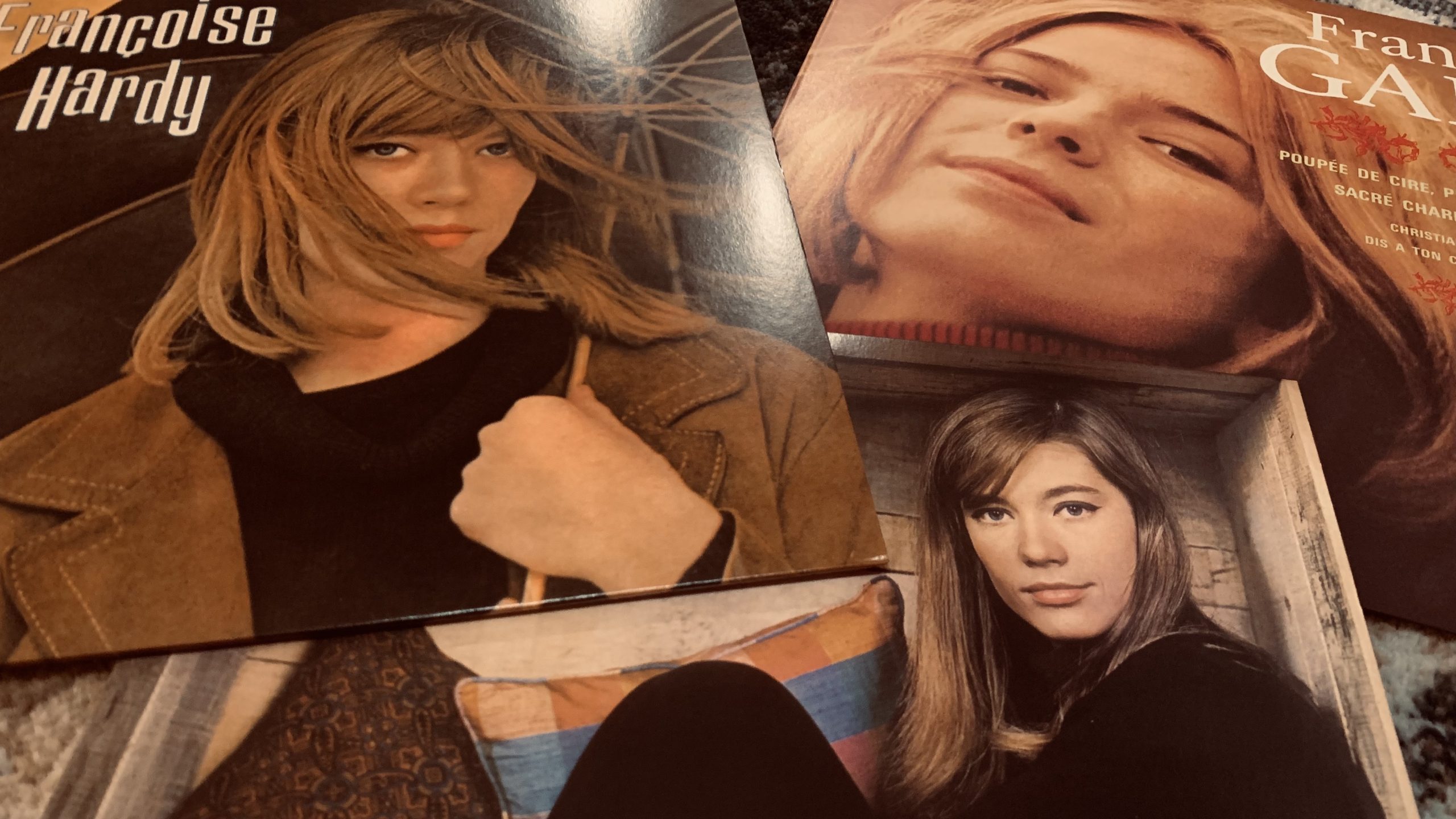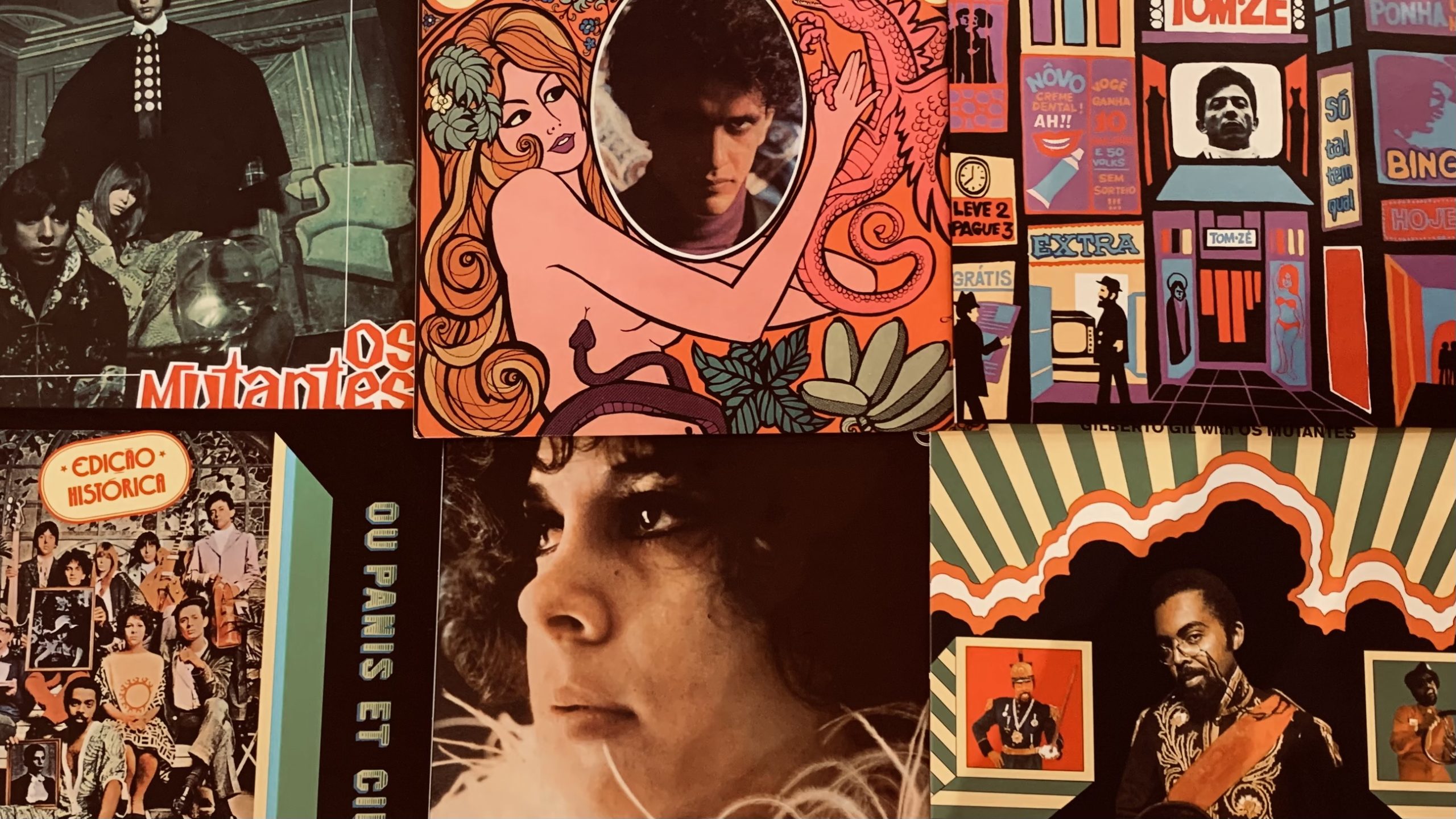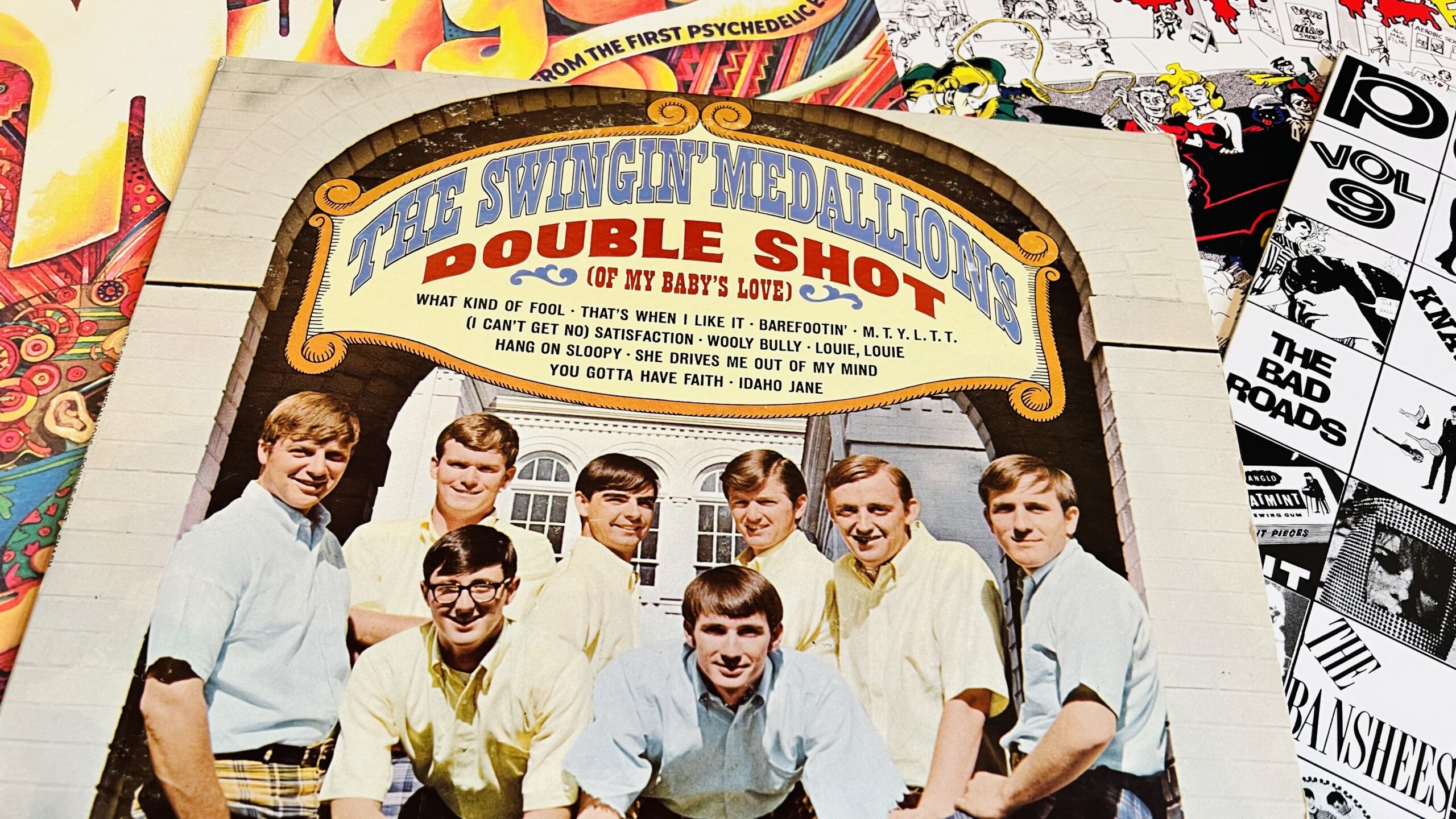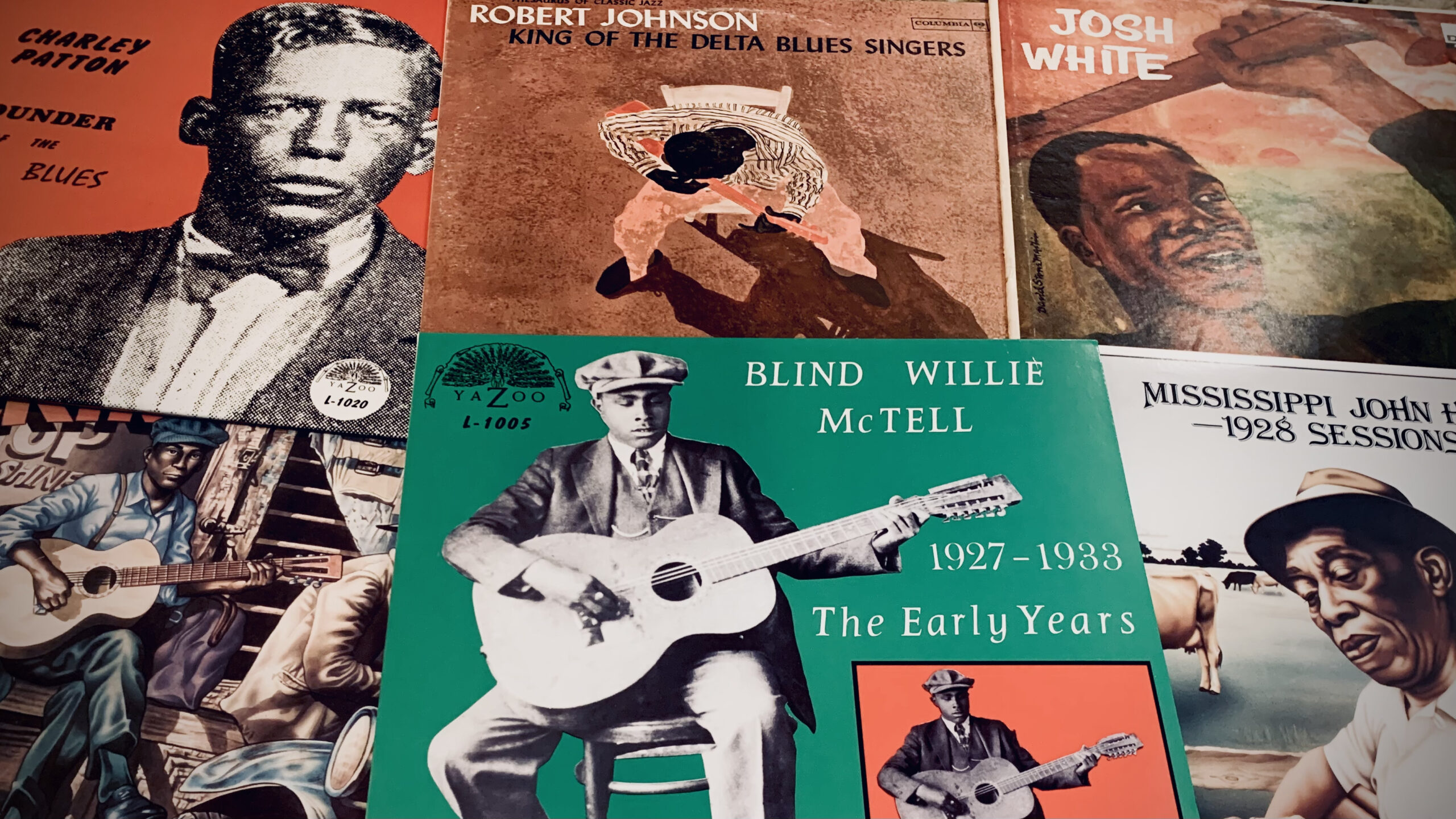
Few genres loom larger in the history of American song than the blues. The style first emerged in the South, prior to the Civil War, deriving from Black spirituals, folk ballads, and work songs. In time, blues music would form a structural basis for much of the jazz, rock, and pop music of the 20th century (and beyond), in addition to producing legitimate stars in the electric blues styles associated with cities such as Chicago, Memphis, and St. Louis.
Prior to that transition however, the blues remained a largely rural phenomenon – albeit, one that managed to capture the attention of curious urbanites nationwide. Among these onlookers were the proprietors of dozens of record labels – large and small – who would tap into the sounds of the South, turning them into big business in the process. Despite the money involved, the music that was created by blues artists who recorded for imprints like Columbia, Okeh, Vocalion, Paramount, and others would pride themselves on authenticity. True to form – and largely as a result of shady business dealings – most of these artists would never see fair financial reward for their work.
Still, from the beginning of electrified sound recording in 1925, to the recording ban ushered in by World War II, a wealth of remarkable music was captured by artists working in the so-called “country blues” style. From the mournful tones of the Mississippi Delta, to the folky strains of the Piedmont region, to the sparse sounds of Texas, a diverse and rewarding range of regional blues variants emerged. This feature seeks to collect just a handful of the many highlights of this rich era of American music.
In terms of track selection, this was the most difficult An Introduction To feature to assemble to date. Sticking to the (approximately) 90-minute max that I try to adhere to for playlists meant leaving out some of the most celebrated country blues figures. Among the many regrettable casualties were Son House, Ishman Bracey, Scrapper Blackwell, and Big Bill Broonzy. While plenty would argue that I left out superior tracks in favor of some of my inclusions, the intentions weren’t to provide an exhaustive survey of pre-war blues, so much as they were to give an introduction that considered variety, flow, and streaming availability. On a personal note, I made an effort to expand beyond tracks that were included as part of our A Century of Song feature, but where relevant, I have indicated place rankings from that project.
As is often the case with recordings from the pre-war era, some of these tracks were captured in a quality that seems primitive by modern standards. Where that can be a detriment to lesser material, the brilliance of these songs cut through the noise. In fact, the desolate imagery of the following tracks are often enhanced in these surroundings, and though the recordings may seem antiquated, the sentiments that they express are both timeless and universal.
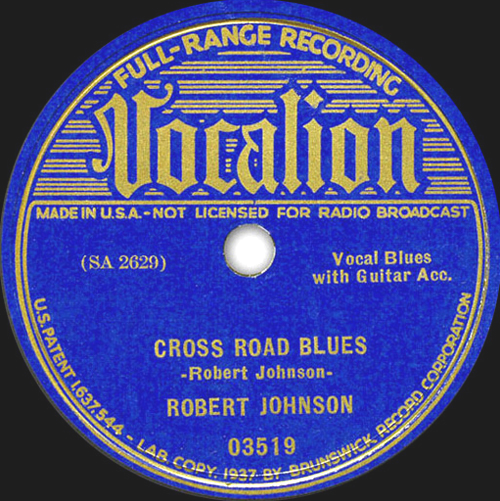
While he was far from the originator of the Delta blues sound, Robert Johnson arguably perfected it, and his recordings chime with a clarity that is often missing from the other greats of the genre. Add to this the compelling nature of his self-made mythology (not to mention his actual biography), and decades of accolades from some of the best-known figures of rock music, and you can understand why Johnson represents a gateway for so many listeners into the world of pre-war blues. While one could argue that “Sweet Home Chicago,” “Hell Hound On My Trail” (ACOS #392), or “Love in Vain” (ACOS #109) are better representations of his talents, “Cross Road Blues” serves as a fine introduction to both Johnson’s music and legend.
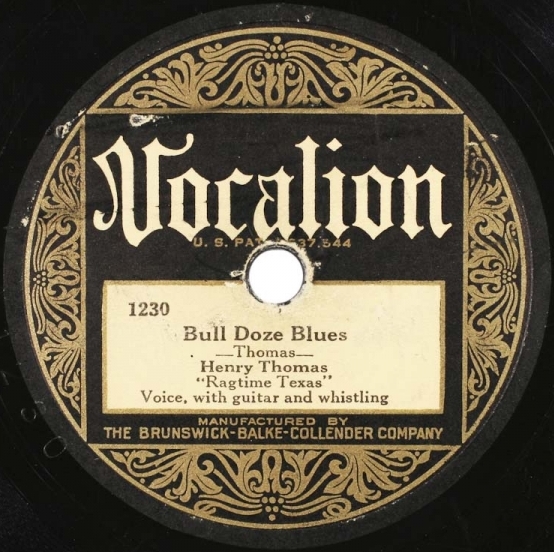
One of the most unique sounds to emerge in the country blues styling was that of Texan, Henry Thomas. Thomas’ bright open chords were often accompanied by his signature panpipes, which add a decidedly welcoming accent to his recordings. While “Fishing Blues” (ACOS #977) is equally enjoyable, “Bull Doze Blues” is arguably Thomas’ best-known track. Adapted by Canned Heat in 1968 as “Going Up the Country,” the song would find new life forty years after its original release.
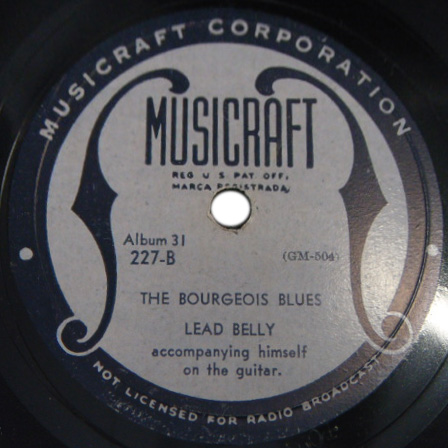
Few figures in blues music are more legendary than Huddie Ledbetter. From his fascinating backstory, to his signature 12-string Stella guitar, to his commanding vocals, “Lead Belly” was a titan of the blues, even before Nirvana introduced his music to new generations via their famous cover of “Where Did You Sleep Last Night.” While that track (ACOS #56) and “Goodnight Irene” (ACOS #178) loom largest in his legacy, one of the pinnacles of Lead Belly’s pre-war work was this 1939 B-side, which finds the Louisianan offering up a stinging criticism of the bold-faced racism that he experienced while traveling to Washington, D.C. for a 1937 recording session with the renowned folklorist, Alan Lomax.
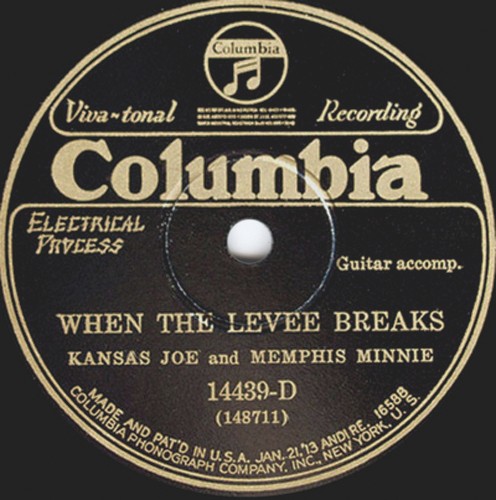
Just as Nirvana had done for rock kids in the nineties, Led Zeppelin introduced scores of listeners to pre-war blues in the seventies (often without crediting their clear influences). One of the most compelling examples was the band’s 1971 classic, “When the Levee Breaks” (ACOS #462). Written and recorded by Kansas Joe McCoy and Memphis Minnie in 1929, the original version of the song was inspired by the Great Mississippi Flood of 1927. A showcase for the pair’s guitar playing (Minnie takes the lead as Joe sings), “When the Levee Breaks” is rightfully considered one of the best recordings of its era.
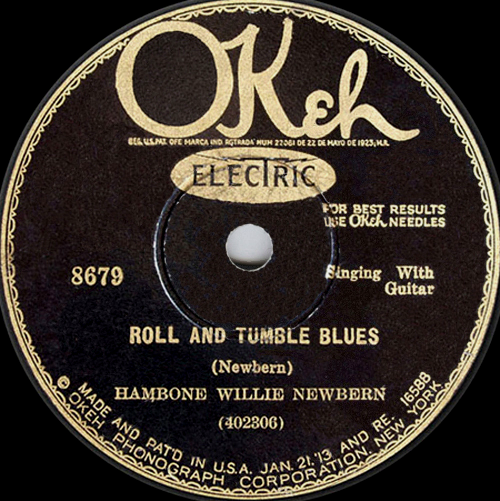
One of the great Delta blues songs, “Roll and Tumble Blues” was first recorded in 1929 by the Tennessee-born Hambone Willie Newburn, who adapted the track from a 1928 composition by Cannon’s Jug Stompers. In time, the song would become a standard for both electric blues artists and a host of rock bands, but Newburn’s original recording possesses both an intimacy and dexterity that make it a truly special track.

Another song inspired by the Great Mississippi Flood, “Mississippi Heavy Water Blues” was recorded and released right in the midst of the crisis. In it, Robert Hicks (better known as “Barbecue Bob”) captures the anguish of the hundreds of thousands of southerners (mostly African-American), who would be displaced by the flood, and further victimized by the thoroughly incompetent/indifferent response from the Coolidge administration.
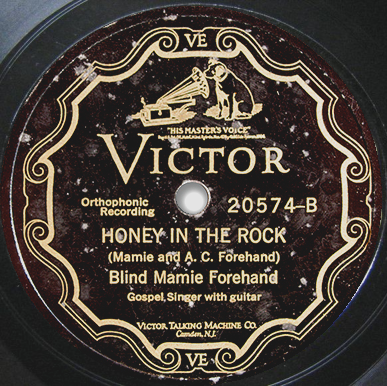
One of only four songs recorded by the husband-and-wife duo of A.C. and Mamie Forehand (each released a two-sided single under their own name), “Honey in the Rock” stands among the most fascinating tracks of its time. A.C.’s guitar work is impressive in its own right, but it’s Mamie who earns her top billing with a mournfully impassioned vocal performance, and the lonesome, insistent chiming of a bell that adds to the recording’s decidedly spectral nature.
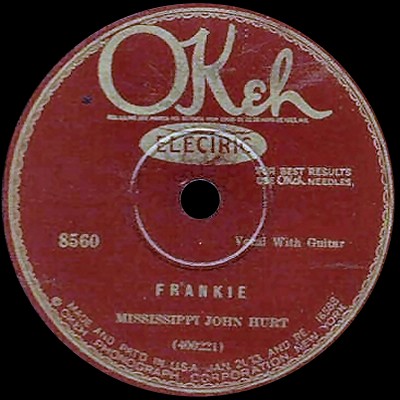
Among the scores of musical interpretations of the “Frankie and Johnny” (or in this case, “Frankie and Albert”) tale, the A-side to Mississippi John Hurt’s first single stands out as the finest. Delivered in his amiable, instantly-recognizable voice, Hurt’s take on “Frankie” creates a compelling juxtaposition with the song’s bleak subject matter: an 1899 murder in St. Louis. The dozen 1928 recordings that constituted the entire first phase of Mississippi John Hurt’s career – prior to his “rediscovery” in the sixties – are the stuff of legend, but even among those tracks, “Frankie” is a definite standout.
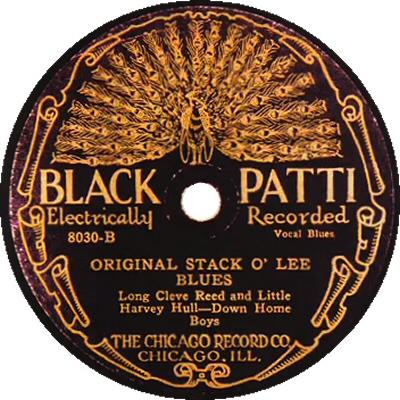
If there was any real-life crime that inspired more folk/blues recordings than the case of Frankie and Johnny, it was the 1895 murder (coincidentally, also in St. Louis) of Billy Lyons. Allegedly enraged by the theft of his infamous five-dollar Stetson hat, Lee Shelton killed Lyons, and instantly became a folk legend in the process. Countless singers would turn the story of “Stagger Lee” into memorable recordings – including a fantastic 1928 take by the aforementioned Mississippi John Hurt (ACOS #634) – but the 1927 version by Harvey Hull and Long ‘Cleve’ Reed is particularly noteworthy. In addition to being one of the best takes of an oft-recorded song, the record itself is perhaps the rarest 78rpm disc, with only one known copy in existence.
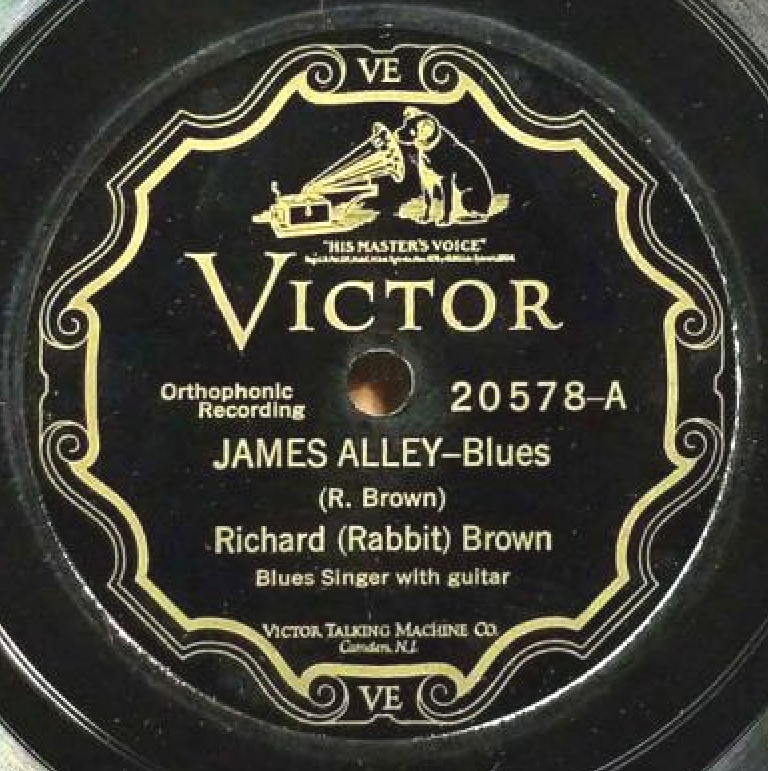
One of the finest tracks from Harry Smith’s indispensable 1952 Anthology of American Folk Music, the A-side to the first of three singles by Richard “Rabbit” Brown matches his gruff vocals, percussive finger-picking, and revealing lyrics to create a portrait of a decidedly complicated relationship. No less an authority on “Old Weird America” than the noted critic Greil Marcus has cited “James Alley Blues” as the “greatest record ever made.”
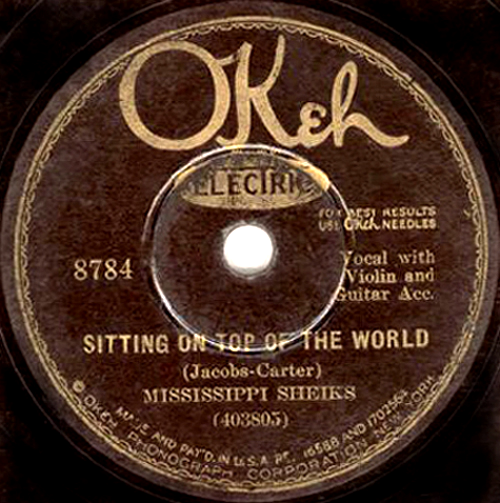
A unique combination of the country blues and folk, “Sitting on Top of the World” is the best-known track by the Jackson-based group, Mississippi Sheiks. Just as the song’s refrain – delivered by vocalist Walter Vincson – incorporates a sense of optimism, the fiddle work of Lonnie Chatmon adds an effective counterpart to the downbeat lyrics of the verses.
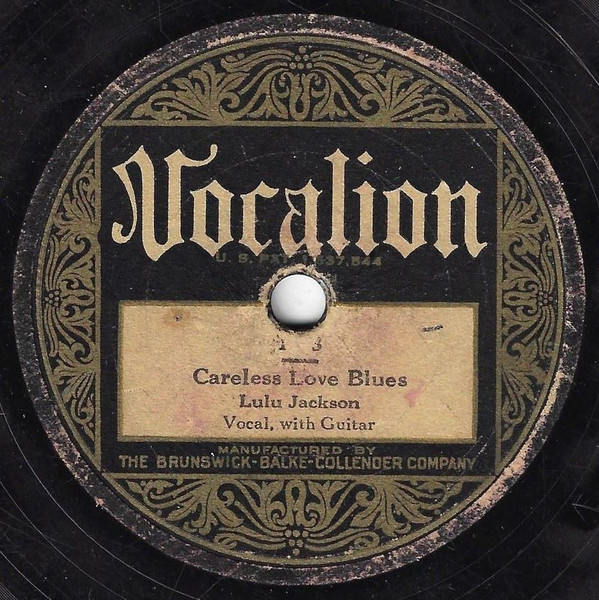
The B-side to Lulu Jackson’s only single may have been advertised as a blues song, but the origins of “Careless Love” date back to the nineteenth century, and it had been something of a standard amongst jazz musicians in the Dixieland styling. Regardless, “Careless Love Blues” shares much of its DNA with the best country blues tracks of the time – particularly in the lonesome, distant auditory realm that it inhabits.
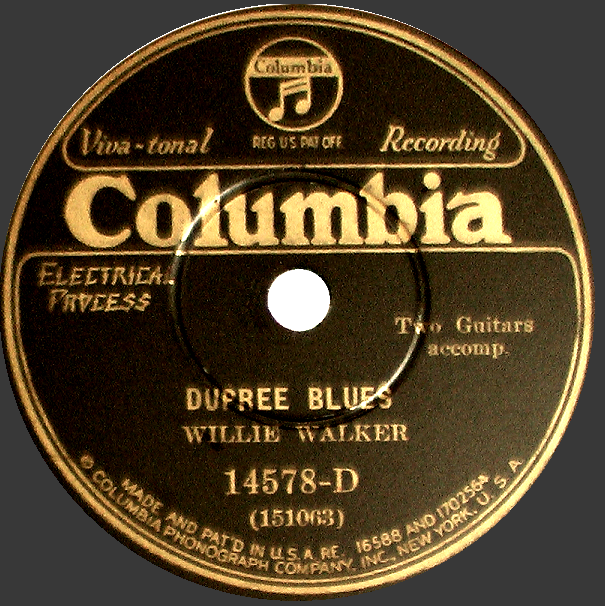
South Carolinian, Willie Walker, released just one single during his career, but both sides were outstanding examples of the country blues style. “Dupree Blues” slightly edges out “South Carolina Rag” as the better of Walker’s two recordings, as his confident vocals and strong storytelling are well-paired with an accompaniment by guitarist/vocalist, Sam Brooks.
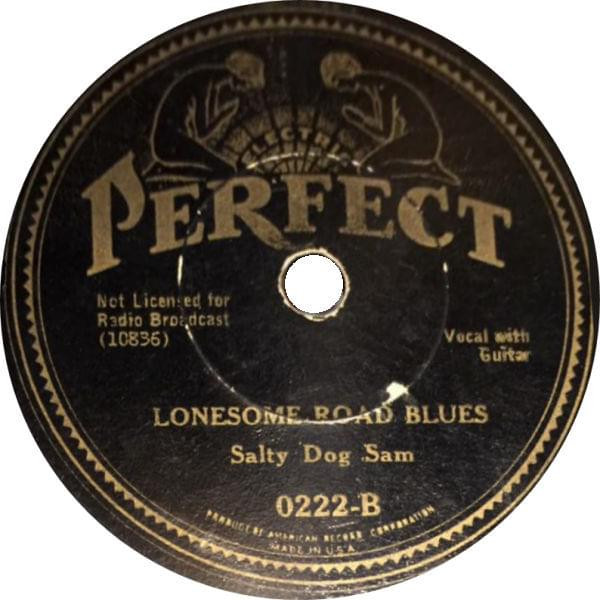
“Loneliness” is the theme of most of the best tracks on this playlist, and it’s a feeling that Sam Collins nails on this track: the B-side to his 1993 single, “Graveyard Diggers’ Blues.” While many variations of “Lonesome Road Blues” have been recorded, Collins’ take is particularly captivating – confirming the “weeping” quality that was often employed to describe both his singing and guitar playing. Collins borrowed heavily from previous iterations of the song – and added the gruesome “driver wheel” imagery from “In the Pines” (aka, “Where Did You Sleep Last Night”) – but he makes the track all his own.
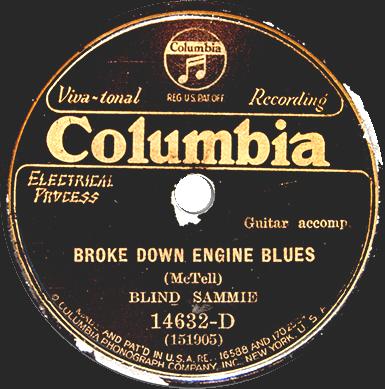
Willie McTell – credited as “Blind Sammie” on this 1931 single for Columbia – had an unusually sweet voice for a bluesman of his era, but there was little that was sweet about his best work. Paired with the bright tones of his 12-string guitar, one might be initially mistaken into believing that this was a more upbeat track, but even though his songs can go down relatively smoothly, as Bob Dylan notably sang on his tribute to the Georgia singer-songwriter, “I don’t know no one that can sing the blues like Blind Wille McTell.”
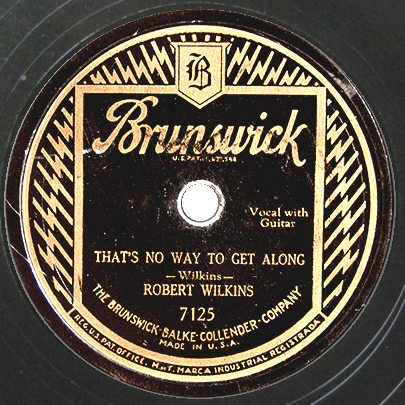
The signature track from Mississippian, Robert Wilkins, “That’s No Way to Get Along” has a phenomenal hook in the bent vocal melody that accompanies the song’s title. The Rolling Stones certainly must have thought so, as they covered Wilkins’ gospel rewrite of the track, “The Prodigal Son,” on 1968’s Beggars Banquet – although initially without crediting him as the songwriter.
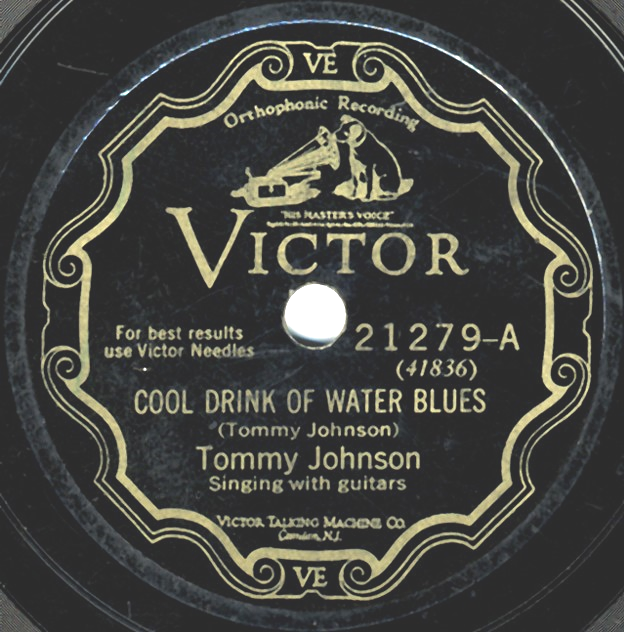
Though it’s Robert Johnson who is most-frequently associated with the “sold his soul to the devil at the crossroads” narrative, the tall tale actually originated with fellow Mississippian, Tommy Johnson. Johnson certainly sounds the part of a troubled man on “Cool Drink of Water Blues,” as his eerie falsetto vocals weave a familiar tale of a man done wrong. It’s a powerful performance – second only to his gut-wrenching “Canned Heat Blues” (ACOS #897) – from one of the finest blues practitioners of the era.
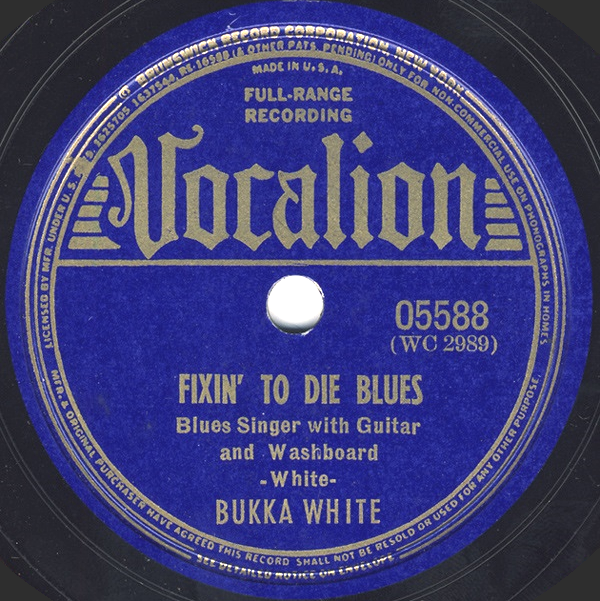
Bukka White’s best known song, “Fixin’ to Die Blues” is a powerful recording from one of the most underrated figures in the history of early blues music. White sounds like a man both haunted by his past and dreadfully unsure of his future, and the distant nature of the recording only adds to the song’s already prevalent sense of impending doom.
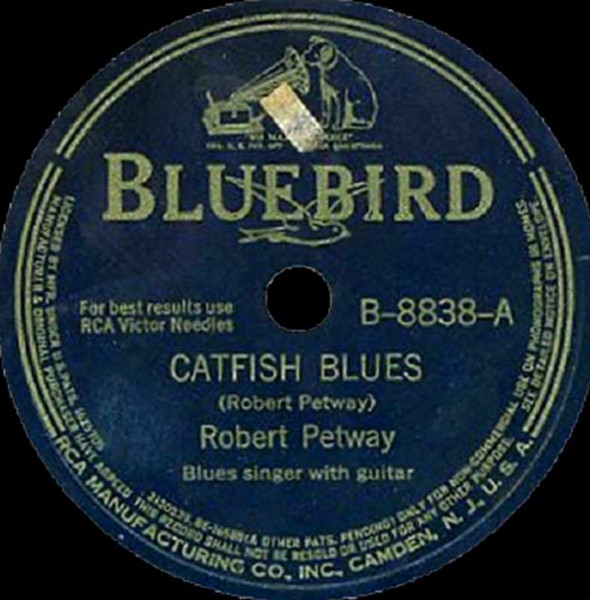
Delta bluesman Robert Petway would only record sixteen tracks during his brief career, but his best work stands with some of the finest country blues of the era. Recorded in October 1941 – making it the latest recording featured on this list, and barely eligible for the “pre-war” parameters – “Catfish Blues” stands as one of Petway’s best-known tracks. His gruff vocals make for a compelling focal point – recalling earlier figures like Blind Willie Johnson, while predicting later ones, such as Captain Beefheart.
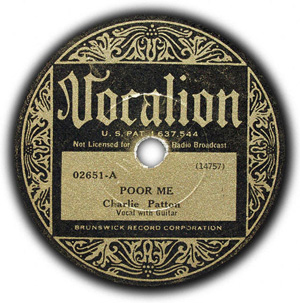
If all he had ever done was record the two-sided 1930 single, “High Water Everywhere” (ACOS #284), Charley Patton would already have been a giant among the country blues masters. However, Patton spent half a decade crafting one of the most rewarding catalogs among his contemporaries. “Poor Me” is a particularly mournful and downcast offering from the Mississippian. Patton sounds as if he’s only half present here, and, given its status as one of his last recordings, “Poor Me” makes for a haunting farewell.
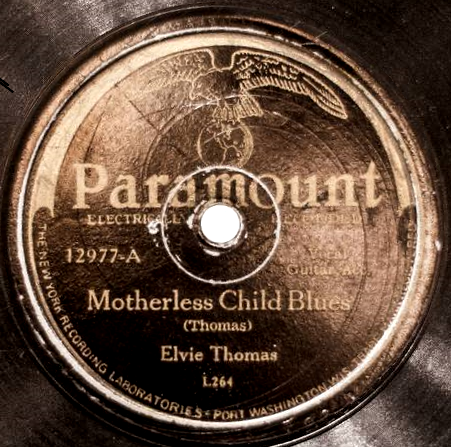
Recorded with Geeshie Wiley on guitar – and captured in the same session that produced Wiley’s stunning “Last Kind Word Blues” (ACOS #216) – Elvie Thomas’ “Motherless Child Blues” conjures a similarly chilling atmosphere. While much of its auditory distance is provided through the notoriously low-quality shellac used by the Paramount label, there’s another intangible and indescribable element to these recordings: one that just needs to be heard, even if it can’t really be understood.

As stated in the intro, I strove to pick songs for this list that I did not feature as part of the A Century of Song project. Even though Blind Willie Johnson recorded several monumental tracks – and may very well be my favorite artist on this list – I couldn’t resist including “Dark Was the Night, Cold Was the Ground” (ACOS #10). Simply one of the most staggering recordings ever produced (and one that I wrote about extensively for the aforementioned project), Willie Johnson’s masterpiece may inspire points of comparison, but it ultimately sounds like little else in the history of American music. I just wrote about how Elvie Thomas’ signature track must be heard. Willie Johnson’s must be felt.
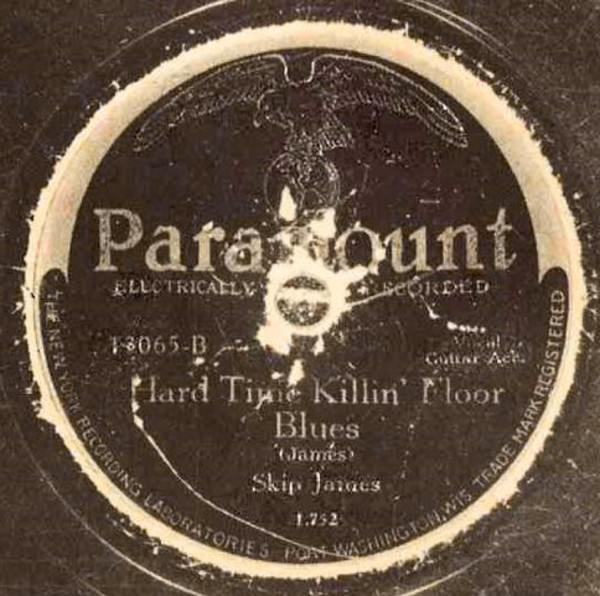
A brutally lonesome recording from the Mississippi-born Skip James, “Hard Time Killing Floor Blues” was an outstanding debut release from one of the unquestioned masters of the Delta blues style. James’ work was among the bleakest of his contemporaries, and his wailing falsetto voice provides a biting counterpart to the ice cold imagery of the song’s lyrics. It is, perhaps, only surpassed in his catalog by the similarly haunting “Devil Got My Woman” (ACOS #744).
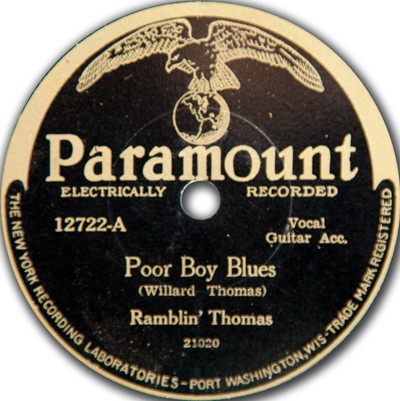
There’s not much holding Ramblin’ Thomas’ understated “Poor Boy Blues” together – to the point where it almost gets buried beneath the Paramount label’s signature surface noise – but there are worlds contained between its minimalistic notes and lyrics. An overlooked track from the Anthology of American Folk Music, “Poor Boy Blues” may lack some of the pizzazz of the surrounding songs, but catch it in the right light, and its effects will linger long after it fades to silence.
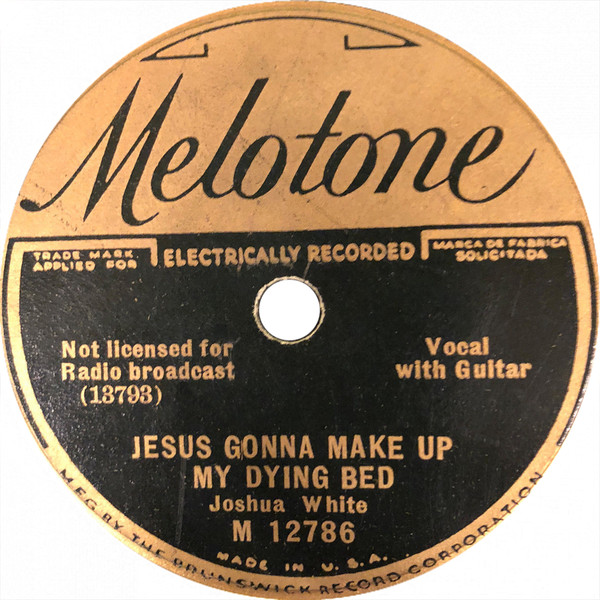
Hailing from Greenville, South Carolina, Josh White would eventually become a widely-celebrated recording artist, civil rights activist, close friend of Franklin and Eleanor Roosevelt, and target of the House Un-American Activities Committee. The smooth delivery that would make him a star is present on “Jesus Gonna Make Up My Dying Bed,” one of his earliest singles. While it would be largely overshadowed by his later work, it stands as one of the highlights of White’s catalog.
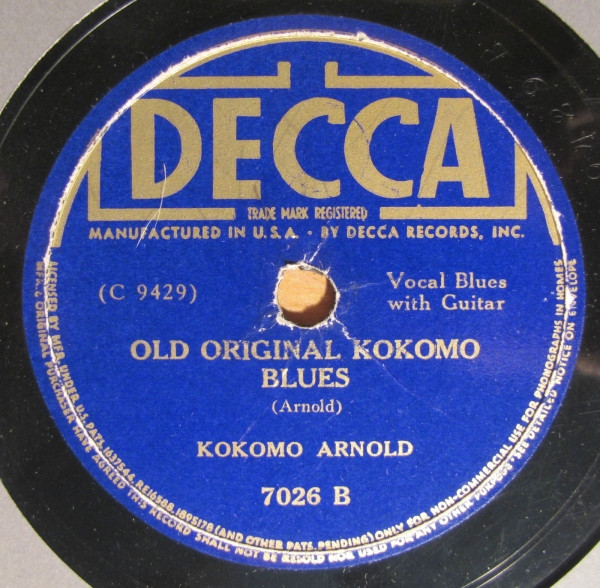
While Robert Johnson is widely recognized as the best of the 1930s bluesmen, Kokomo Arnold is often seen as something of a footnote. However, Arnold was a critical influence on Johnson; the latter reworked this 1934 track – which itself was based off of a 1928 Scrapper Blackwell song – for his own 1937 single, “Sweet Home Chicago.” Arnold delivers a strong performance of his signature track on this recording, which stands alongside the best blues singles of the era.
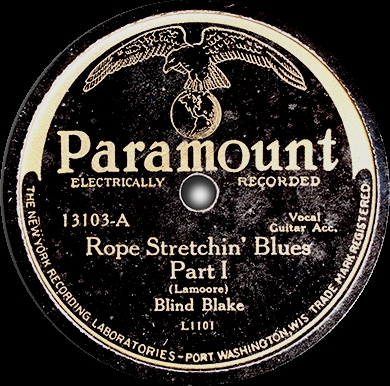
The Florida-born Blind Blake weaves a dark tale on this two-sided 1931 single: one of his last releases, and arguably his finest recording. Blake’s storytelling is compelling, and the quick-strummed guitar chords that appear between the verses provide an ominous complement to the bleak lyrics. It’s an excellent track from an often-overlooked bluesman.
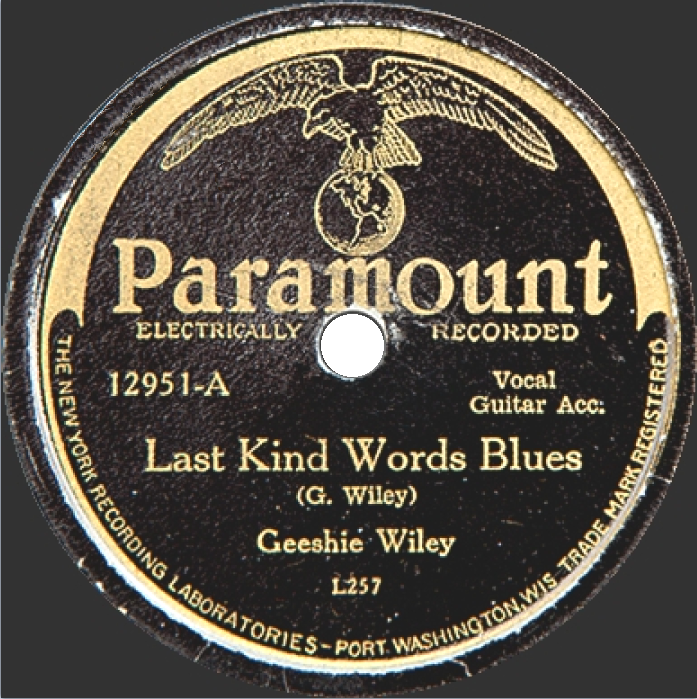
Aside from the fact that she was born in Mississippi some time in the first decade of the twentieth century, little is known about Geeshie Wiley, who issued a scant three singles during her brief recording career. “Last Kind Words Blues” is Wiley’s best-known recording, by far, as it has appeared on numerous compilations of pre-war blues tracks. It’s a heavy and remarkably dark song – one that is made even more haunting due to the mysterious nature of its creator.
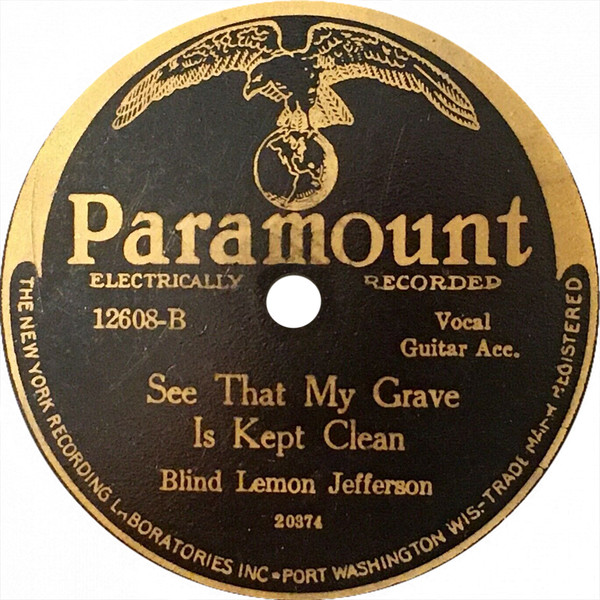
A simple and somber request forms the basis for Blind Lemon Jefferson’s greatest track (ACOS #916). Within two years of its initial recording in 1927, Jefferson would be dead – buried in an unmarked grave that, for nearly seventy years, was left rather unkempt. In 1997, the Texan singer-songwriter’s request would finally be granted, as a new headstone was erected, complete with an inscription bearing the refrain of his signature recording.
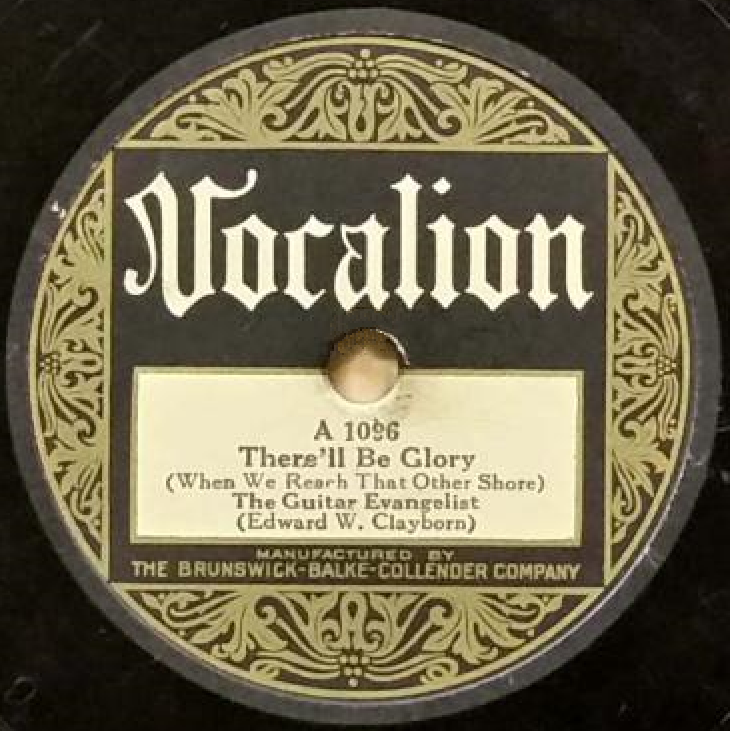
Recording several dozen sides, Edward W. Clayborn was abnormally prolific for a blues artist of his era. Of those recordings, the B-side to his penultimate single for the Vocalion label stands as one of the most affecting. Like many of his contemporaries, Clayborn’s work skirts the line between the blues and gospel music, and “Death Is Only a Dream” sounds like something you might expect from a man also known as “The Guitar Evangelist.” Its balancing of light and darkness provide a fitting end for this introduction to a genre that (perhaps) often veers too heavily in the direction of the latter.


